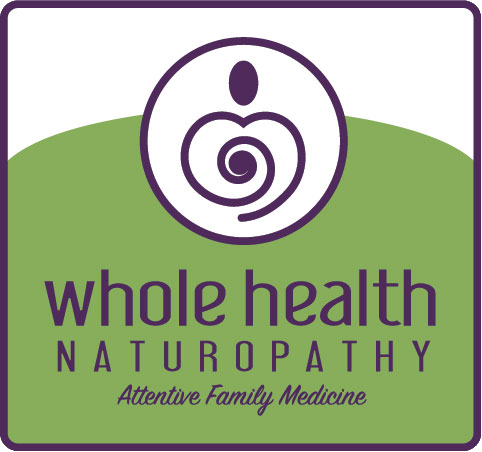Bulbs have pushed their way up from the soil. Dormant deciduous trees have sprouted buds and are producing leaves and flowers. We’ve turned our clocks ahead. All signs point to Spring!
While many of us are excited to welcome the change in seasons that bring dry and sunny days, others dread the arrival of Spring because pollen will soon be in the air. Approximately 50 million Americans suffer from allergic illnesses. Allergies can be triggered from substances in our environment that are inhaled, contacted by the skin, or ingested as foods.
During an allergic response, the body acts inappropriately to a common substance — like pollens, animal dander, mold, dust, and food — which it perceives to be an invader. The immune system, which acts like our body’s security guards, then launches an attack to stop the invader, triggering inflammatory responses in the body and causing allergies.
Depending on the type of alarm the immune system sounded, allergic reactions can range from mild to life-threatening. When pollen is inhaled into nasal passages or contacts the skin, it can produce symptoms of red, watery, itchy eyes, a runny nose, sneezing, sore throat, cough, and asthma. Pollen allergies can be triggered by trees, grasses, and weeds. This means people with multiple types of pollen allergies can be affected for several months at a time.
Who’s at risk for developing pollen allergies?
A child who has one parent with allergies has a 30-50% risk of developing allergies. However, allergies can begin in any stage of life. Every allergy season, I see many adults in their 30’s and 40’s experiencing their first allergy symptoms. The severity of allergic symptoms can vary throughout one’s life span. Several factors can influence the late onset of allergies and changes in seasonal symptom severity. Changing geographical locations means exposure to new pollens, and reactions can take about three seasons to manifest. Living in an area with poor air quality increases inflammation of the respiratory tract and makes certain people more prone to allergies. A person’s overall health status also determines the onset and severity of allergies. Influencing factors include emotional stress, infections, nutritional deficiencies, and hormonal imbalances.
How to decrease pollen allergy symptoms?
Approaches to managing allergies include avoiding allergens, blocking consequences of the reaction, and desensitizing the immune system. Reducing pollen exposure helps to reduce the activation of the allergic response. Practical strategies to reduce pollen exposure include:
- Keeping the windows in your car and the home closed as much as possible.
- Using the recirculate button in the vehicle to prevent pollen from entering.
- Showering and changing clothing after outdoor activities.
- Considering a HEPA filter for the bedroom.
- Avoiding peak pollen hours from 5-10 a.m.
Conventional medical approaches to treating allergies rely heavily on oral medications that decrease inflammation pathways or suppress immune system function. While these medications can be effective in managing symptoms, they can also cause side effects of fatigue, dry mouth, and sore throat. Prolonged use of histamine blockers and steroids used for allergies have been linked to other health issues such as cognitive decline and osteoporosis. Allergy shots are also a mainstay of conventional treatment. They work similarly to a vaccine. The body responds to small amounts of injected allergens, given in gradually increasing doses to develop immunity or tolerance to the allergen. This takes commitment to the therapy with frequent in-office injections.
Naturopathic approaches for pollen allergies — in addition to avoidance strategies mentioned above —include the use of natural medicines like quercetin. Quercetin is a naturally occurring component in plants that provides color to fruits, vegetables, and flowers. It is naturally found in foods like onions, apples, blueberries, and spinach. In its concentrated form, quercetin is a rich, vibrant yellow. It is a biologically active compound that helps decrease the production of multiple inflammatory markers made during allergic reactions.
Like conventional allergy shots, sublingual immunotherapy is an alternative approach used to desensitize the immune system to allergens. It also uses small amounts of allergens, gradually increasing the dose over time to decrease immune reactivity and gain tolerance to the allergen. The therapy is administered at home using drops under the tongue instead of injections.
There are many natural and conventional medicine approaches to treating allergies. I recommend talking with a naturopathic doctor to determine the best approach for you.
Dr. Stacie Wells, ND, FAAEM, is a Naturopathic Doctor & Fellow of the American Academy of Environmental Medicine. She practices at the Whole Health Naturopathy in Olympia, WA, and may be reached at 360.943.9519 or frontdesk@wholehealthnaturopathy.com.
Note: This content is not intended to be a substitute for professional medical advice, diagnosis, or treatment. Always seek the advice of your physician or another qualified health provider with any questions you may have regarding a medical condition.
Photo by Aniket Bhattacharya on Unsplash

